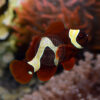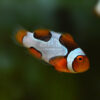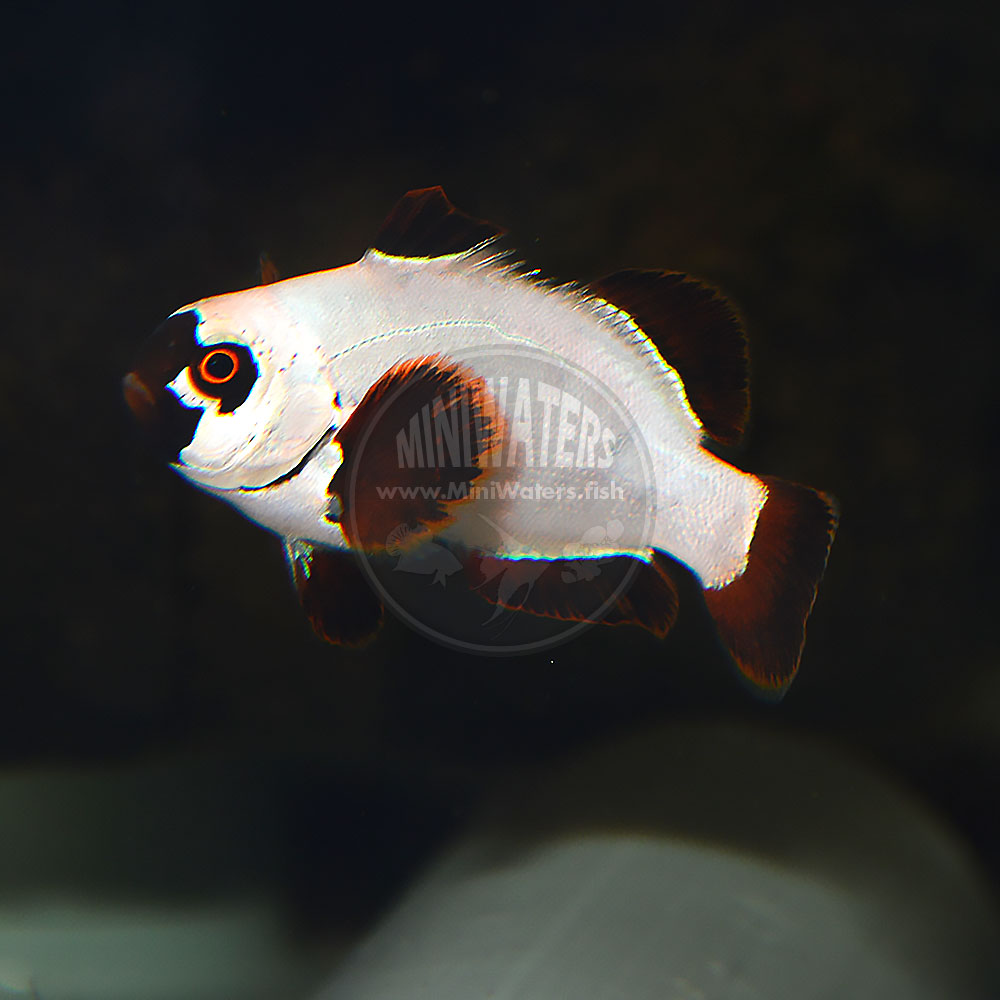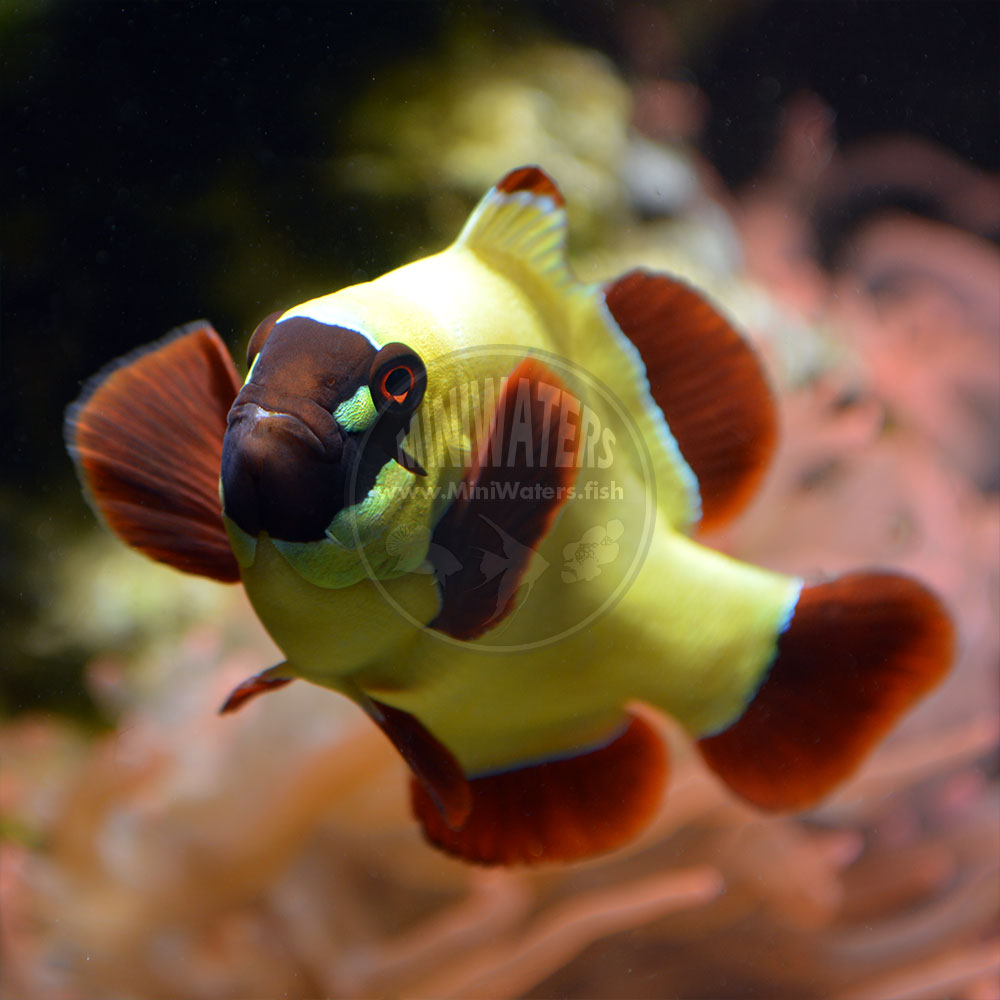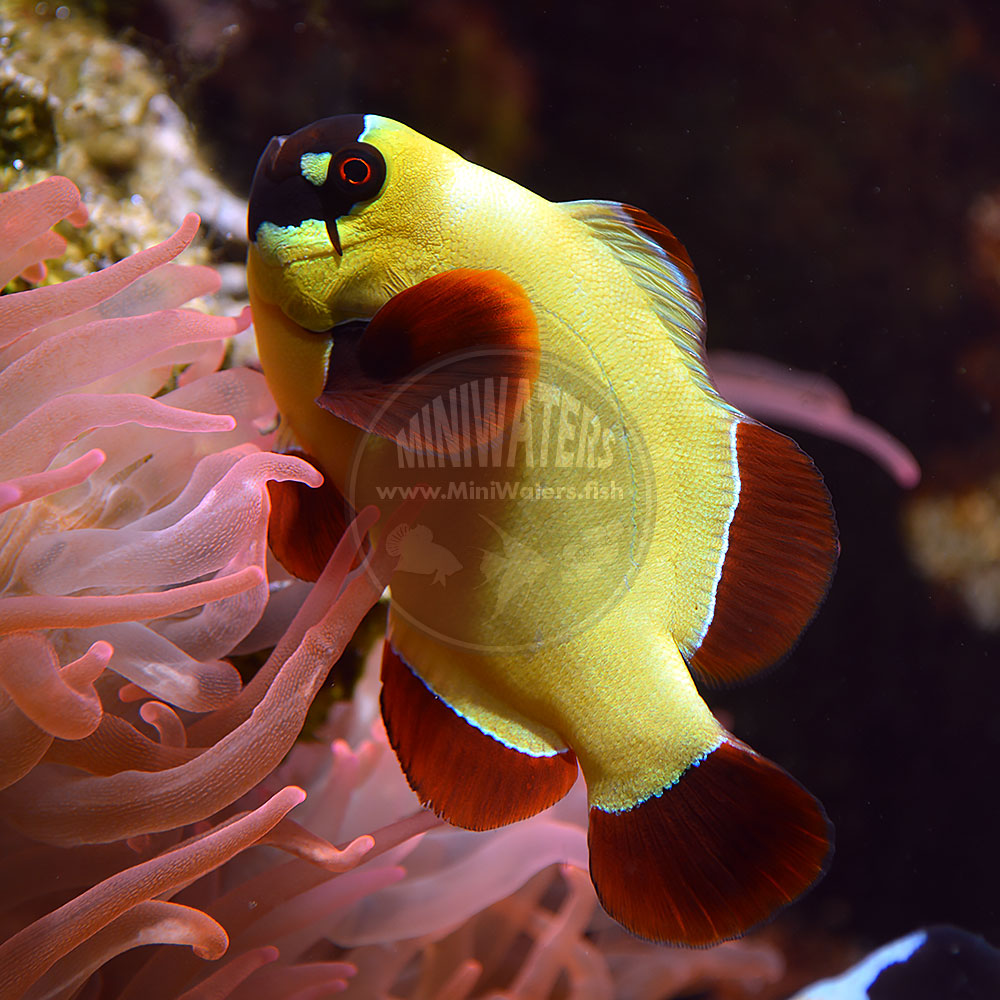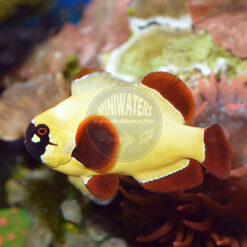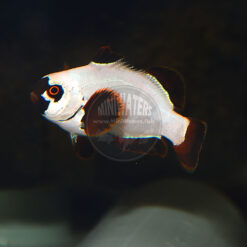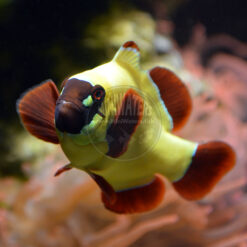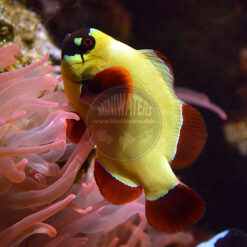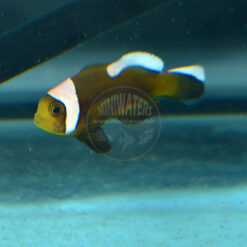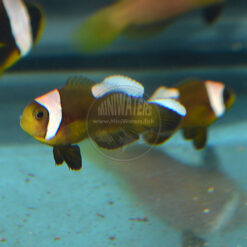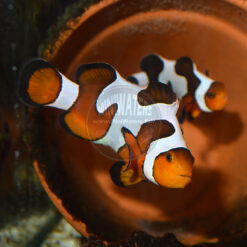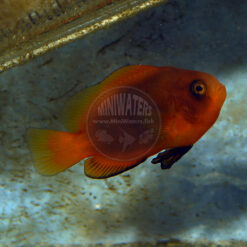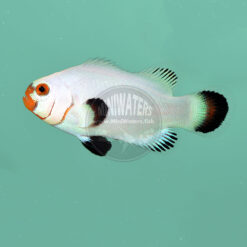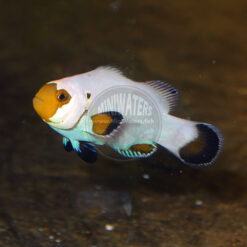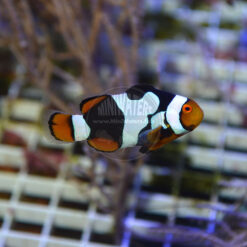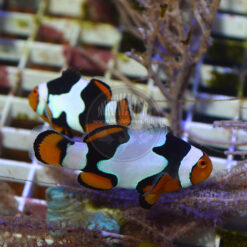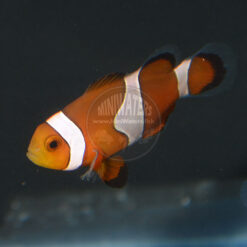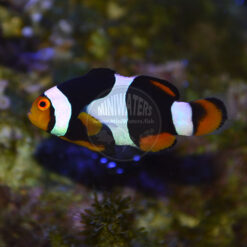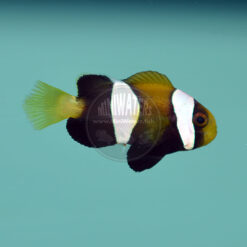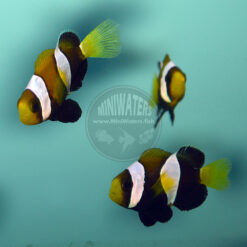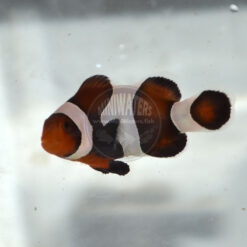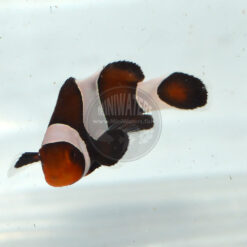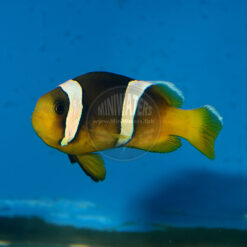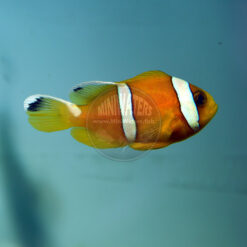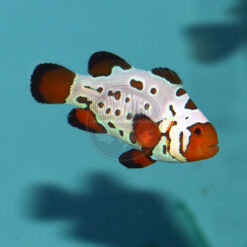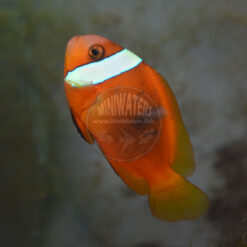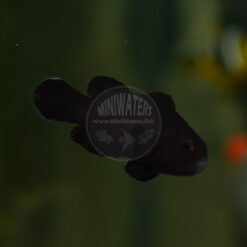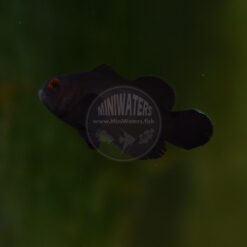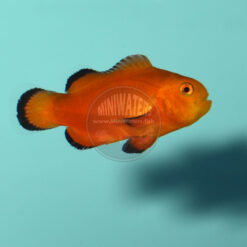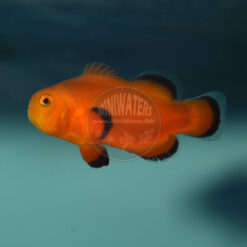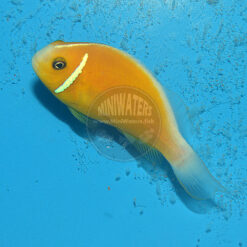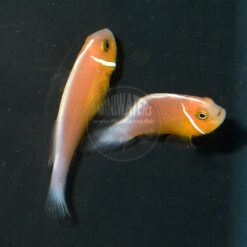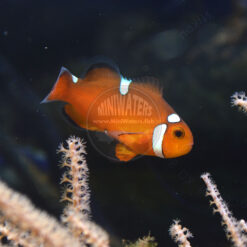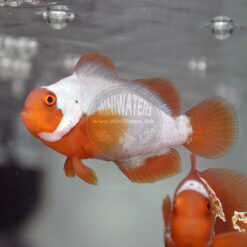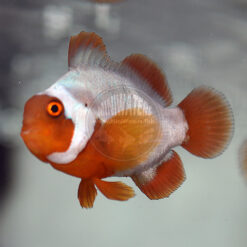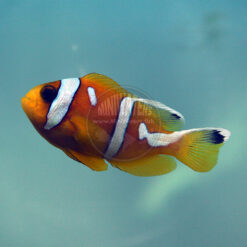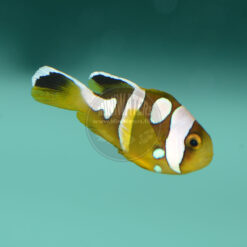Premnas sp. epigrammata “Gold Nugget Maroon” Clownfish
$189.00 Original price was: $189.00.$119.00Current price is: $119.00.
The Gold Nugget Maroon Clownfish was first discovered by ORA, a designer variant of the Gold Stripe Maroon Clownfish (often abbreviated GSM), Premnas sp. epigrammata. The fish starts life with solid white body, with face and fins retaining the classic maroon coloration. Around one year of age, yellow coloration begins to form, and as adults, the fish are largely vibrant yellow with deep maroon extremities. Learn more about the Gold Nugget Maroon below:
Description
The Gold Nugget Maroon Clownfish was first discovered by ORA, a designer variant of the Gold Stripe Maroon Clownfish (often abbreviated GSM), Premnas sp. epigrammata. The fish starts life with solid white body, with face and fins retaining the classic maroon coloration. Around one year of age, yellow coloration begins to form, and as adults, the fish are largely vibrant yellow with deep maroon extremities.
The genetics of the Gold Nugget Maroon Clownfish are still a bit of a mystery. It has been suggested that this fish is related to the Gold Flake Maroon Clownfish, and that the genetics functions in much the same way as that of the Picasso Percula. It is known that Gold Nugget X Gold Nugget yields 100% Gold Nuggets. To the best of my knowledge, other crosses haven’t yet been publicized. Mating a Gold Nugget with a wild Gold Stripe Maroon might yield 100% Gold Flakes, while mating a Gold Nugget X Gold Flake might yield 50% Gold Nuggets, 50% Gold Flakes. But that is pure speculation at this point. On occasion, some Goldflake Maroons are starting to show up with one or more small spots of body color breaking up the otherwise solid white flank.
Regardless of their designer appearance, Gold Nugget Maroons are simply a Gold Stripe Maroon Clownfish at the core; juveniles have white barring and patterning, which starts turning yellow after 1 year of age. Pairing is most easily accomplished with fishes of extremely different sizes.
Note – While current taxonomy suggests that the Gold Stripe Maroon is simply a color variant of the White-Striped Maroon Clownfish (WSM), Premnas biaculeatus, it has become very clear that the GSM is a biogeographical variant. It’s my supposition that in fact, the GSM is deserving of species level recognition, and therefore I use the epithet sp. epigrammata which is the name formerly applied to this variety before being synonymized with the White Stripe Maroon. I am also adamantly against the hybridization of these two forms, as the natural forms are already indistinguishable for the first 9-12 months of their lives. Once mature, the colors of the “White Gold” hybrid are squarely in between the two parents based on what has been shown to date. These two realities make it virtually impossible to differentiate the hybrids from the pure forms of each species. This is the type of hybridization that has very bad long term consequences (see my writings on the Darwin Black “Ocellaris”) and is something I strongly discourage.
Additional information
| Scientific Name | Premnas sp. epigrammata |
|---|---|
| Sizes Available | Small |
| Captive-Bred | |
| Breeder | ORA, Proaquatix, Sustainable Aquatics |
| Wholesale Available | No |
Related products
Clownfish
Clownfish
Clownfish


